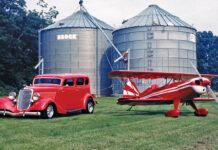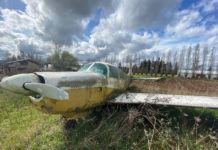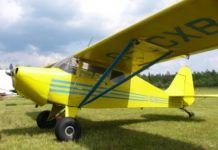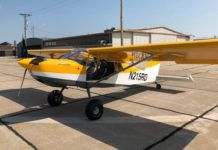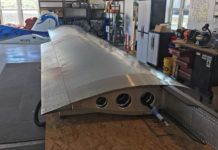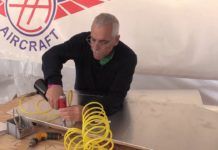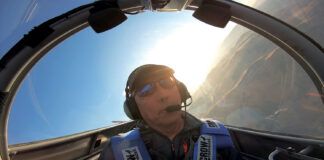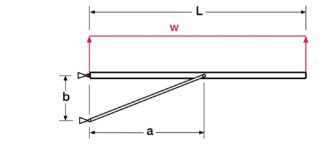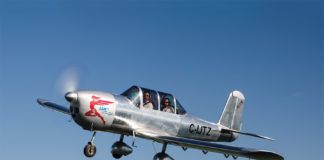When we talk about Experimental/Amateur-Built aircraft with “regular” pilots, it’s common for the conversation to imply that our world is a mere tiny speck on the hind end of general aviation—a remora on the sleek skin of Skylanes and Cirruses. That’s not entirely true, of course, and if last year’s numbers are any indication, we’re slowly becoming a mid-sized speck. (What is the next-largest Echeneidae…anyone?)
How do I know this? Ron Wanttaja, longtime KITPLANES® contributor and data geek, keeps track of FAA registrations of homebuilts and began to note the effect of the FAA’s required triennial registration renewals in reducing fleet count. In fact, as he pointed out in his feature, “Where Have All the Homebuilts Gone?” in the June 2020 issue, those were not real airplanes in the sense that they were likely airworthy or being flown.
We all know this to be true, whether we’re talking Baby Aces or Beech Musketeers, that there are airplanes at our local airport likely to never fly again. (There’s a straight-tail 182 at the end of my hangar row slowly sinking into the grass; I so want to take it home and make it fly again.) Yet, for years, they remained on the registration rolls to be counted among active aircraft.
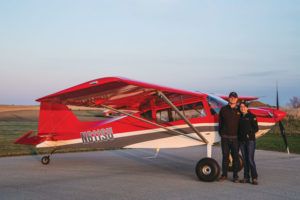
The news for 2020 is good. But before I get into the numbers, let’s take a breath and consider the nature of the FAA’s data. It is notoriously dirty, with many new registrations that should be regarded as Experimental/Amateur-Built listed in other places or with that data field blank. The numbers I’m about to discuss also don’t include aircraft registered as Experimental LSA or factory-built Special LSA. It also doesn’t include the other subcategories of Experimental aircraft. So this is the best guess we have but, really, aren’t definitive numbers.
At the bottom line, Experimental registrations increased by 99 units in 2020, which makes the fleet 9.4% of the GA total—the highest percentage since we started watching this metric in 2000. (By the way, in a fleet size that now numbers almost 288,000 aircraft, the FAA deregistered some 9540, which stands as a loss against the 7434 new registrations through 2020.) The important point to consider is that while we only added about 100 homebuilts to the fleet, that was the result of registering 959 new ones. That figure is down a bit from the previous year’s (1186 new homebuilts registered) but right on par with every year for the last 20. There’s a strong chance that we would have done better in 2020 if not for COVID-19, which bent supply lines and greatly restricted activity. I’m sure that if you were to look at the total number of first flights in 2020, it would be similarly affected. COVID especially impacted the availability of inspectors and the opportunities to take type-specific training prior to first flight. I personally know of several projects that were stopped dead in their tracks from the pandemic.
In fact, I’m predicting that by this time next year, we’re going to see a significant jump in newly registered homebuilts followed by, in the fullness of time, more sales of accessories, engines, avionics, etc. I’m solidly in the future-is-bright camp.
Leaders of the Pack
You could probably identify the volume leaders in our world by guessing. But you don’t have to, since I have the data right here. Van’s Aircraft designs overall added 145 aircraft to the rolls, led by the RV-7 (37 units), RV-14 (36), RV-10 (33), RV-8 (26) and RV-9 (19). Where’s the RV-12? Since most are registered as S-LSA or E-LSA, it should be no surprise that the FAA numbers show the E/A-B versions at minus one. Experimental versions of the CubCrafters’ Carbon Cub notched 64 new registrations in 2020, while Zenith’s CH-750 and all versions of the Kitfox added 18 units; there were another 15 “Zenair” models listed that might be other Zenith models. Sonex added 17 units to the total, while there were 14 GlaStar or Sportsman aircraft newly registered.
On the other side of the ledger, the fleet of Bensen Gyros decreased by 15, there are 12 fewer Kolbs registered and and we lost nine each of Avid, Pitts and RotorWay. The most numerous per the FAA’s records? Van’s RV-6 and 6A, with 1737 aircraft currently registered.
Yeah, fine, you say, what’s the big deal? It is that ours is an amazingly durable industry. We’ve had roughly 1000 aircraft added to the rolls every year since 2000—through a major economic shakeup, undeniable aging of our pilot/builder population and hundreds of other things. Yet we keep building.

Completion Principle
Dennis Overly wrote to say, “Love the magazine, just wondering why we’ve had no Completions section for a protracted period now? To be honest, next to the annual kit and powerplant issues, completions were/are my favorite. It shows that people really do complete their projects, but also inspire us to continue on. Thanks for listening.” Well, Dennis, the reason we have been so sparing in our Completions department is that we get so few submissions—just six in the last nine months. So here’s my promise: Send us your Completions and we’ll resurrect the column to show all of our readers—builders, flyers, dreamers—every month that we have enough entries. Let’s make it happen, cap’n.

